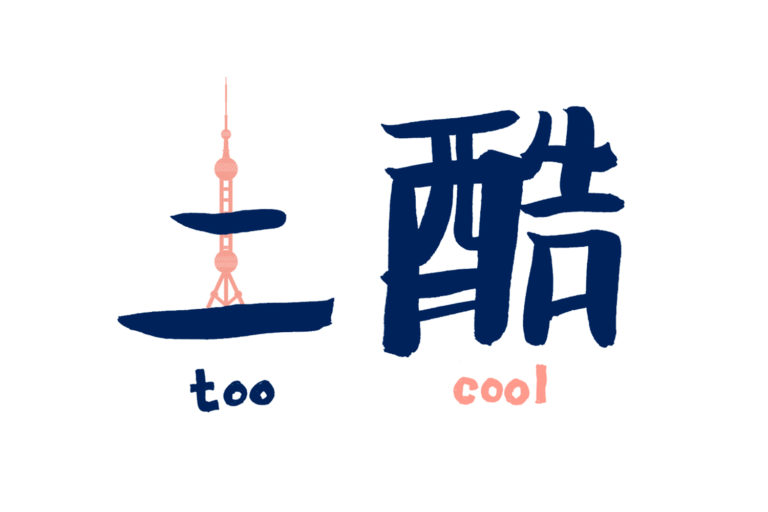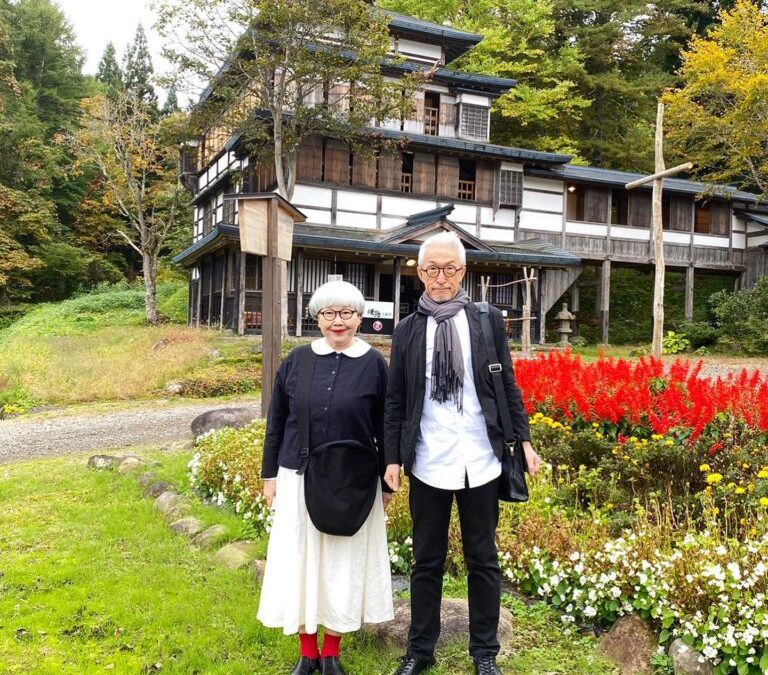Food for thought

Socially conservative attitudes? The online behaviour of Japan’s young digital natives.
It is natural, when contemplating the mysteries of youth culture, to think only about what is different, new or emerging. And Japan is of course home to a plethora of unusual sub-cultures that evoke fascination around the world. It can be just as interesting, however, to look at societal trends that remain stubbornly consistent within every rising generation, rather than being turned on their head by teenagers determined not to become their parents.

Balenciaga’s 2020 Qixi Campaign: Another cultural misstep by a luxury brand or deep-rooted understanding of Chinese Gen Z subculture?
As in many countries, marriage rates in China have been declining sharply. In a recent attempt to raise awareness of this, a hashtag was started by older users of the country’s main social media platform, Weibo: #结婚率创近10年来新低# or ‘marriage rate hits a new ten year low’. The idea was to inform their younger counterparts of the situation, in the hope of encouraging them to reverse the trend and marry.
However, the message quickly backfired, and was transformed into the ironic meme ‘why get married?’

Cultural Influences: China’s regions reverse the flow
We are starting to see brands succeeding – and trends originating – in ‘lower tier’ China before they then sweep across the wider country. To realise fully the potential of these regions, underestimated regularly by outsiders, Beijing and Shanghai’s realities must cease to be the default definition of China.

Foreign but not Alien: International brands in Japan
Japanese consumers understand the tropes and perceptions of other nations in a very distinctive and sometimes limited way. This is a real challenge for foreign brands which would otherwise safely assume that their products’ packaging speaks volumes about origins and quality to global consumers.

Okinawa’s Moment: Rethinking Japan’s hinterland
It doesn’t take a pandemic to make Tokyo a challenging place to live in the summer months. But when the trials of two people working from a tiny apartment in stifling heat got too much, I decamped to Okinawa and six weeks later am still here. If this sounds sybaritic, I am of course working no less than usual: I have merely joined the digital nomads who long ago understood how positive a move to Okinawa can be.

Silver fashion: How Japan’s ageing population is turning the tide
Japan’s experience shows how vital it is for brands to engage with how consumers are being influenced to reframe their view of themselves as they age. How can brands offer a diverse range of options that allow these older customers – usually with greater spending ability and financial stability – to stay inspired, forward-looking and active?

Cornering the market in consumer trust: Chinese online influencers
In the West, social media influencers are on the wane. Industry surveys show decreasing levels of consumer faith in influencers in both the US and UK. This stands in total contrast to China. Brands have never been more reliant on social influencers whether to drive awareness, positive consumer sentiment or ultimately sales. So what are Chinese influencers doing right?

Guilt-free chocolate: Japan’s unexpected take on Corporate Social Responsibility
A couple of years ago, I sat behind the ‘magic mirror’ of a Japanese focus group as they went through a conventional round of concept testing. A confectionary company was assuaging consumers’ guilt at indulging in sweets by emphasising that they used only free range eggs, milk from ‘happy cows,’ and fair-trade vanilla beans. This quirky messaging jarred spectacularly with the Japanese audience. This brand has been a rip-roaring success around the world for its stance on taking social action, and yet in Japan it hit a wall: hard. What could have gone so wrong?

Loving the Yuzu
For us, the yuzu is everything we love about Japan. Tangy yet mellow, the yuzu’s subtlety and nuance are a revelation: when you first taste it, it is both oddly familiar and yet an unforgettable surprise.

Understand, Inspire, Engage
To shape conversations – or to engage people – businesses need to address notions of creativity, innovation, purpose and empathy. These motifs have been at the very core of the artistic process ever since. How can art help to master today’s challenges in branding?
Browse by Favourites

Everyday Objects
In this series, we look at mundane objects from everyday life in Japan. Based on our first pop-up exhibition, and including many of your personal contributions, we use everyday artefacts as starting points to learn about cultural frameworks.

Yuzu Trend Tracker
Coming Soon

Yuzu & Market Research
In this series, we give our professional insight into the best ways to conduct market research in Japan and China, and the current status of these markets. If you’re thinking about entering or expanding your presence in East Asia, these articles are a must-read!

